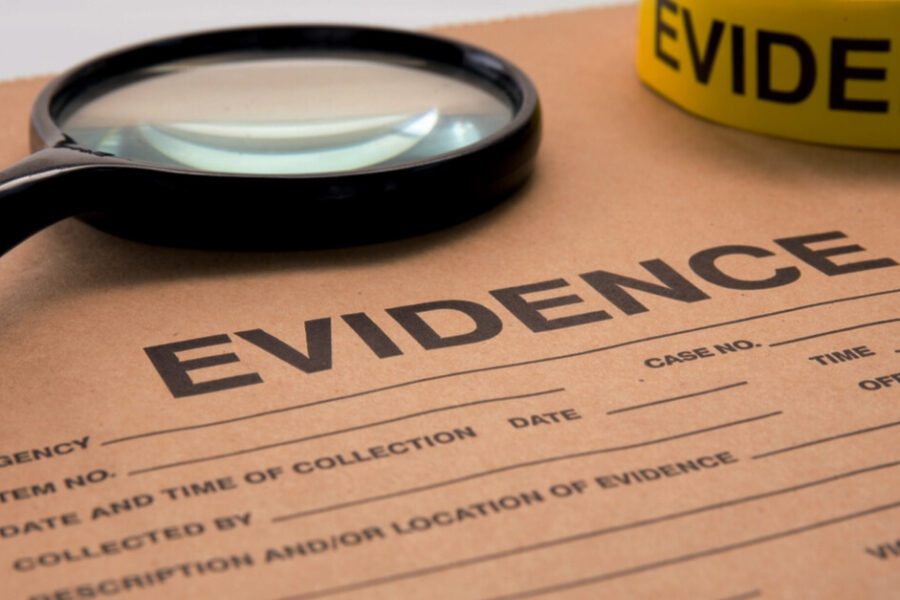Introduction
In the domain of criminal law, circumstantial evidence often plays a pivotal role, especially in cases where direct evidence is absent. Among various doctrines relied upon to establish guilt through inference, the “last seen together theory” is frequently used in Indian courts to establish a presumption of involvement in the commission of a crime. Although not a standalone conclusive proof, it serves as an essential link in the chain of circumstances pointing to the guilt of the accused. The theory assumes even greater significance in murder cases, where the cause of death is shrouded in mystery and the only indication available is that the deceased was last seen alive in the company of the accused.
Understanding the Last Seen Theory
The “last seen together” doctrine essentially postulates that if a person is last seen in the company of the accused, and soon thereafter is found dead or missing, a presumption arises that the accused is involved in the crime. The rationale behind this principle is that the person who last had company with the deceased should offer an explanation regarding the circumstances that led to the victim’s death or disappearance.
This presumption is not codified but is read into Section 109 of the Bharatiya Sakshya Adhiniyam, 2023, which states:
“When any fact is especially within the knowledge of any person, the burden of proving that fact is upon him.”
Thus, once the prosecution proves that the victim was last seen with the accused, the burden shifts to the accused to explain what happened thereafter.
Key Ingredients of the Doctrine
For the last seen theory to operate effectively, the following conditions must be satisfied:
- Proximity of Time:
The time between when the victim was last seen with the accused and the discovery of the death or disappearance must be so close that no possibility of someone else committing the crime arises. - Reliable Evidence:
Witnesses who claim to have seen the deceased and the accused together must be credible and consistent. - Unexplained Silence:
If the accused remains silent or offers no plausible explanation as to what happened to the deceased after they were last seen together, the presumption against them strengthens.
Relation with Section 109 of the Bharatiya Sakshya Adhiniyam, 2023
The burden of proof in a criminal trial lies primarily with the prosecution. However, under Section 109, the accused must explain facts especially within their knowledge. If it is proven that the deceased was last seen with the accused, and the accused fails to explain what happened, an adverse inference may be drawn.
But courts are cautious. In Trimukh Maroti Kirkan v. State of Maharashtra (2006), the Supreme Court clarified that Section 106 does not relieve the prosecution of its burden, and it can only be applied once a prima facie case is established by the prosecution.
Limitations and Criticism
While the doctrine is useful, it also presents certain legal and ethical issues:
- Presumption vs Proof:
There’s a thin line between presuming guilt and proving it. Courts have emphasized that mere presence last seen with the deceased is not proof of murder. - False Implication:
In rural or politically charged cases, false witnesses may claim to have seen the deceased with someone to implicate rivals. - Time Gap:
If the time gap between being last seen and the discovery of the body is wide, the theory loses its probative value. - Reliability of Witnesses:
The theory heavily depends on eyewitnesses, who may be influenced, mistaken, or motivated.
Forensic and Technological Support
Modern technology—such as CCTV footage, call detail records (CDR), GPS logs, and DNA evidence—is increasingly used to strengthen or weaken last seen claims. For instance, tower location data can now corroborate or refute a claim that the accused was with the victim at a particular time.
Conclusion
The last seen together theory remains a vital but delicate part of criminal jurisprudence. While it can create a strong presumption, especially when coupled with other evidence, courts have rightly held that it cannot be the sole basis for conviction. The judiciary must always apply this doctrine cautiously, contextually, and with corroborative safeguards, ensuring that no innocent is punished merely due to presence or proximity. As the criminal justice system evolves with forensic and technological inputs, the doctrine must adapt to ensure both truth and fairness are upheld in equal measure.
By- Bhavika Samtani (Intern)

